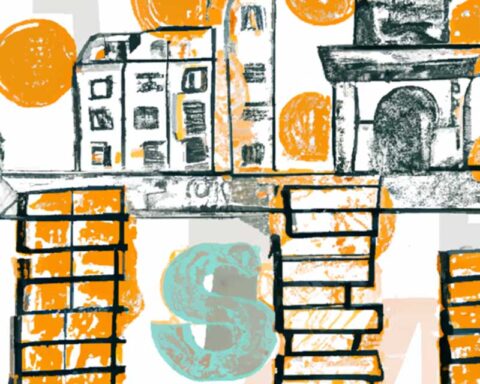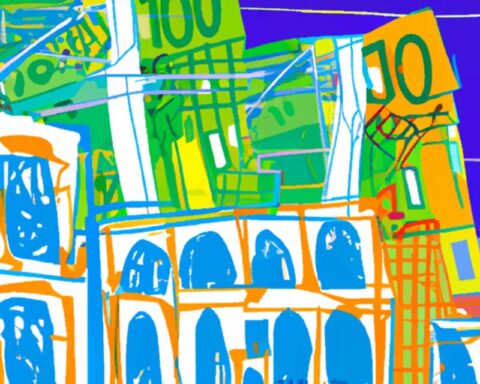Nearly Half of Office Loans Now Risk Default: Report
A new paper from the National Bureau of Economic Research reveals that 14% of the $2.7 trillion commercial real estate loan market, and 44% of office loans, currently carry outstanding loan balances higher than property values and are at risk of immediate default. The paper also found that if there was a 10% default rate on all CRE loans, it could trigger up to $80 billion in bank losses and dozens of potential bank failures. However, interest rate declines, engineered by the Federal Reserve, could help stave off further distress.
The economists analyzed 35,253 outstanding loans totaling $825 billion in aggregate value using data from DRBS Morningstar. They found that 29% of outstanding CRE loans, and 56% of office loans, currently hold loan-to-value (LTV) ratios higher than 80%. Furthermore, 14.3% of all loans, and 44.6% of office loans, exceed the current property value underlying the loan, making them at risk of imminent default. The economists also looked at the debt service coverage ratios (DSCR) and found that currently, approximately 6.4% of all CRE loans, and 6.6% of office loans, have a DSCR less than 1, meaning that the cash flow cannot support the underwritten debt service.
If these loans were to refinance today at the current interest rate, around 17.2% of all CRE loans, and 24.3% of all office loans, would not be able to pay their obligations. Commercial banks are most at risk for impending maturity defaults, as CRE loans account for $2.7 billion in U.S. bank assets in the aggregate. If there was a 10% industry-wide default rate on CRE loans, it would cause roughly $80 billion in commercial bank losses, and a 20% industry-wide default rate would lead to $160 billion in bank losses. A decrease in interest rates, as forecasted by the Federal Reserve, could help increase property prices and make refinancing easier. However, it is the 10-year Treasury yield, which sets the borrowing costs for commercial real estate loans, that ultimately determines the effects of interest rate declines.









